| You are not logged in. | login to customize your own personal play list |
“The Reflex” by Duran Duran |
| United States Federal Trade Commission forbids anyone under 13 from viewing these music videos! |
| You are not logged in. | login to customize your own personal play list |
“The Reflex” by Duran Duran |
| United States Federal Trade Commission forbids anyone under 13 from viewing these music videos! |
 |
 |
 |
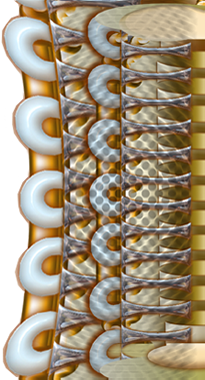 |
You need Flash player 8+ and JavaScript enabled to view this video.
|
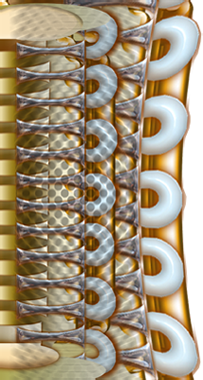 |
 |
   |
 |
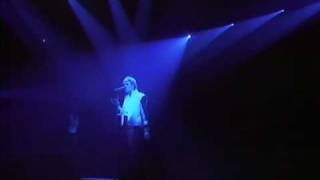
song info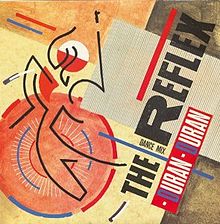
 “The Reflex” by Duran Duran (official video) is a New Wave song. Song Title: The Reflex (official video)Artist: Duran Duran Album: Seven and the Ragged Tiger Genre: New Wave, dance-rock Composer: Copyright © 1983 Duran Duran Lead Vocals: Simon Le Bon Backing Vocals: Michelle Cobbs, B J Nelson Guitar: Andy Taylor Keyboards: Nick Rhodes Synthesizer: Nick Rhodes Bass Guitar: John Taylor Drums: Roger Taylor Percussion: Raphael Dejesus, Mark Kennedy Director: Russell Mulcahy Producer: Duran Duran, Alex Sadkin, Ian Little 7" and 12" remixes by Nile Rodgers Recorded: 1983 Released: 16 April 1984 (worldwide) 21 April 1984 (US) Format: 7" 45rpm vinyl single, 12" vinyl, CD single B-side: “Make Me Smile (Come Up and See Me)” (Live “New Religion” (Live) Label: EMI / Capitol Number of listens: 23276 Current rank: 627 (updated weekly) Highest rank: 583 (play the video all the way through to register a vote for this song) Translations courtesy of Apple and Google. |
||

Summary quotation from Wikipedia:
“The Reflex” is the eleventh single by Duran Duran, released worldwide on 16 April 1984. The song was heavily remixed for single release and was the third and last to be taken from their third album Seven and the Ragged Tiger.
Song history
“The Reflex” became the band’s most successful single. It was their second single to top the UK Singles Chart, after “Is There Something I Should Know?” in 1983, topping the chart on 5 May, and would prove to be their last UK no. 1. The single entered the charts in America on 21 April 1984 at no. 46, became Duran Duran’s first of two singles to hit no. 1 on the US Billboard Hot 100 (for 2 weeks) on 23 June 1984 (see 1984 in music), and was a huge hit internationally. (Their only other single to hit no. 1 in the US was the title song to the James Bond film “A View to a Kill”.) It was also the first of two songs that kept “Dancing in the Dark” by Bruce Springsteen out of the top spot (the other one being Prince’s “When Doves Cry”). The band wanted it to be the lead single from Seven and the Ragged Tiger, but their label didn’t like the warbling singing during the “why don’t you use it” segments, thinking this would hinder its success as a stand-alone single track.
The remixes for both the 7" and 12" singles were created by Nile Rodgers, of Chic fame. It was his first work with the band, and he would later go on to produce “The Wild Boys” single as well as the album Notorious (1986) and several tracks on Astronaut (2004).
Producer Ian Little recalled the sound Nick Rhodes came up with on his Roland Jupiter-8 keyboard: “…whenever I hear that steel-drum part it always brings a smile to my face because it’s so out of tune. Steel drums always are, but it was exactly right in terms of rhythm and tone. So a wood-block sound was mixed in to make it even more percussive and, successfully, it did the job.”
Music video
The video for “The Reflex” was shot during the Sing Blue Silver tour at Maple Leaf Gardens in Toronto, Ontario on 5 March 1984. Director Russell Mulcahy filmed some of the closeup footage in the indoor arena that afternoon, and the rest was filmed live during that evening’s concert.
“The Reflex” is primarily a concert video, accurately portraying Duran Duran’s Sing Blue Silver tour performance style. However, in keeping with the band’s insistence that their videos “never be ordinary”, the video screen above the stage displayed bits of naked models wearing collars and chains illuminated with black light, occasionally interrupted by computerized video white noise. At one point, a waterfall appears to pour out of the video screen above the stage to soak the audience. The computer graphics used to achieve this were typical at the time, but rapid advancement in the field quickly made the effect look dated.
Keyboard enthusiasts have taken special note of the Fairlight CMI (the first digital sampling synthesiser) that Nick Rhodes operated with a light pen in this video, and throughout the tour.
Some symbolic scenes from the official video were taken and later mixed with the alternate version shown in the band’s concert film Arena (An Absurd Notion); in the final segment when the band, the crowd and even the fans undertake the final and crucial battle against the evil Dr. Durand Durand.
B-sides, bonus tracks, and remixes
In addition to the 4:26 single remix, the 12" also included an extended remix of “The Reflex”. The live b-side “Make Me Smile (Come Up and See Me)” is a cover of a Steve Harley & Cockney Rebel song, recorded 16 November 1982 at Hammersmith Odeon in London, with lead Rebel Steve Harley joining the band onstage.
A second live b-side released on the US single, “New Religion”, was recorded 7 February 1984 at The Forum in Los Angeles. This is not the same live version that appears on the Arena album.
Media references
The song has also been featured in the soundtracks of several movies, including American Wedding (2003) and Corky Romano (2001). It was also used in an episode of the short-lived 2002 television series That ’80s Show, in which bassist John Taylor made a guest appearance.
The song is also featured in the video games DDRMAX2 Dance Dance Revolution 7thMix (2002), Dance Dance Revolution Extreme (2004), and Saints Row 2 (2008), as part of its 1980s radio station.
A chain of 1980s-themed nightclubs in the UK is named after the song. The Birmingham branch is located directly opposite the former site of the Rum Runner, Duran Duran’s early home base.
—from Wikipedia (the Wikipedia:Text of Creative Commons Attribution-ShareAlike 3.0 Unported License applies to Wikipedia’s block of text and possible accompanying picture, along with any alterations, transformations, and/or building upon Wikipedia’s original text that ThisSideofSanity.com applied to this block of text)
The Americans with Disabilities Act (ADA) and U.S. Government Section 508 of the Rehabilitation Act of 1973 require that web sites provide transcripts of audio for the deaf.
We will be adding lyrics to all songs as fast as we can. Please be patient.
Florencia: I love The Reflex.
To submit a comment, use the form below:
Please use the form (with the delay for a human to inspect it) because this website is attacked by more than 20 spam attempts per minute. The only way to keep you safe from the spam is by having human review.
 |
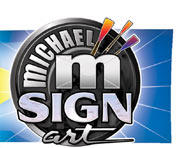  |
|
If you spot an error in fact, grammar, syntax, or spelling, or a broken link, or have additional information, commentary, or constructive criticism, please contact us.
Copyright © 2014 Milo. All rights reserved. Todos Derechos Reservados. The copyrights on all source code and the data base belong to Milo and are used on this web site by permission.
The source code is at OSdata.com, released under Apache License 2.0.
Copyright 2012, 2013, 2014 Milo
Licensed under the Apache License, Version 2.0 (the “License”); you may not use this file except in compliance with the License. You may obtain a copy of the License at:
http://www.apache.org/licenses/LICENSE-2.0
Unless required by applicable law or agreed to in writing, software distributed under the License is distributed on an “AS IS” BASIS, WITHOUT WARRANTIES OR CONDITIONS OF ANY KIND, either express or implied. See the License for the specific language governing permissions and limitations under the License.
Enjoy the This Side of Sanity website Twitter feed.
Enjoy the This Side of Sanity Twitter feed.

|
player artwork by michaelm